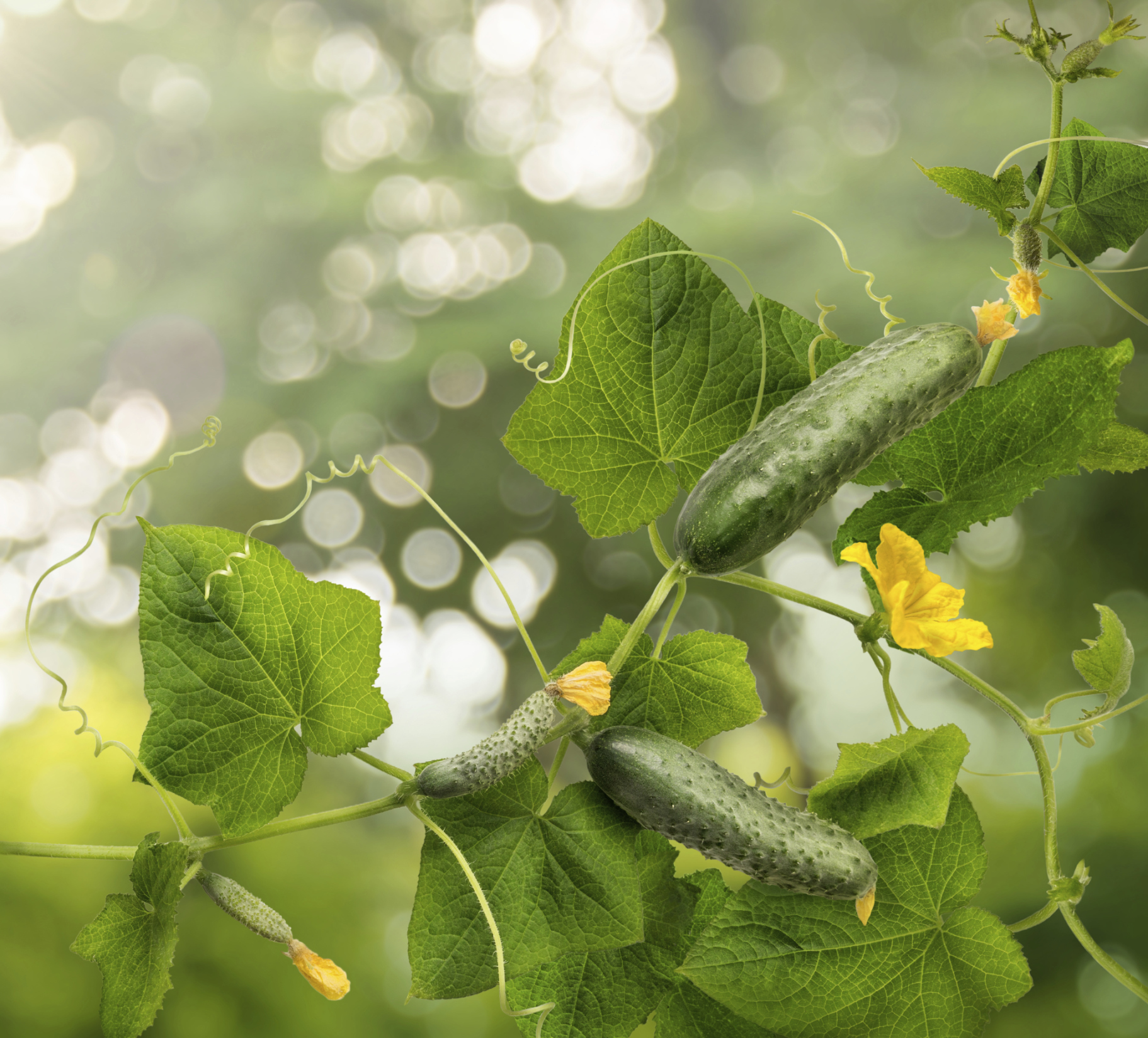As a horticultural manual written in 1304 and said to have inspired Henry VIII goes on display, we investigate whether there’s any truth in some of its bizarre claims
I’ve heard of some strange gardening practices, but some of the tips offered in a mediaeval gardening book which is said to have inspired Henry VIII’s lost Great Garden at Whitehall Palace take the biscuit.
The Ruralia Commoda, written in 1304, due to go on display at an exhibition at Buckingham Palace in March, claims that a squash will bear fruit after nine days if planted in the ashes of human bones and watered with oil, and that cucumbers shake at the sound of thunder.
It also mentions that lettuce loves goat manure and that combining the seeds of lettuce, radishes, nasturtium and colewort will result in a particularly tasty crop of greens.
The book entered Henry VIII’s library after the death of its owner, the King’s chaplain Richard Rawson, in 1543 and explains the importance of a king’s garden to the Tudors.
But just how much truth is there in its horticultural growing tips?
Guy Barter, head of the RHS advisory service, says: “They didn’t have squashes as we know them. It would have been a marrow. If you watered oil on the ground it would have no fertiliser effect. It might inhibit loss of moisture by evaporation but it wouldn’t control pests.”
The manual also suggests lettuce loves goat manure; and Barter agrees.
“The problem is, goats are pretty thin on the ground nowadays. If you can get hold of a goat, I’m sure there’s potential there.”
Burned human bones were obviously valued for their horticultural properties in Henry VIII’s day – and they would have added nutrients to the soil, Barter agrees.
“Mixtures of blood, fish and bones are widely sold today. Bones are a very good fertiliser.
“Plants don’t use much phosphorous but there’s desperately little of it in virgin soil, so it was lacking until the invention of the fertiliser industry in the mid-19th century,” says Barter.
He is, however, flummoxed by the claim that cucumbers shake with fear at the sound of thunder.
“I’ve never seen a cucumber shake with fear,” he laughs.
“They would have been grown in cold frames covered with glass or wax. But even so, I can’t imagine why a cucumber would shake with fear.”
However, the 14th century manual was ahead of its time in some respects, declaring that combining the seeds of lettuce, radishes, nasturtium and colewort will result in a particularly tasty crop.
“Isn’t that amazing? They predicted the invention of bagged mixed salads by hundreds of years. We used to grow everything separately and now gardeners have come back to sow these mixed salad packs and grow their own versions of the supermarket ones.”
Painting Paradise: The Art of the Garden is at The Queen’s Gallery, Buckingham Palace from March 20 to October 11.

